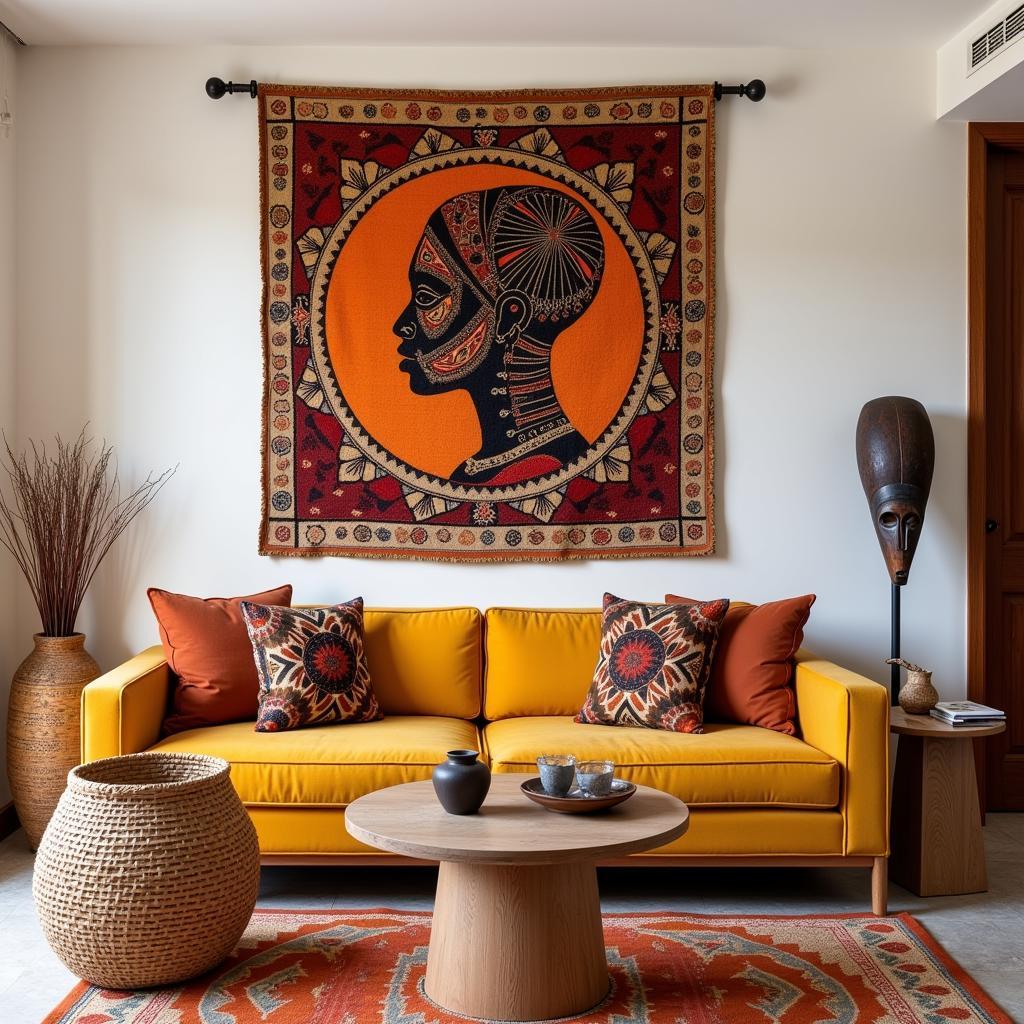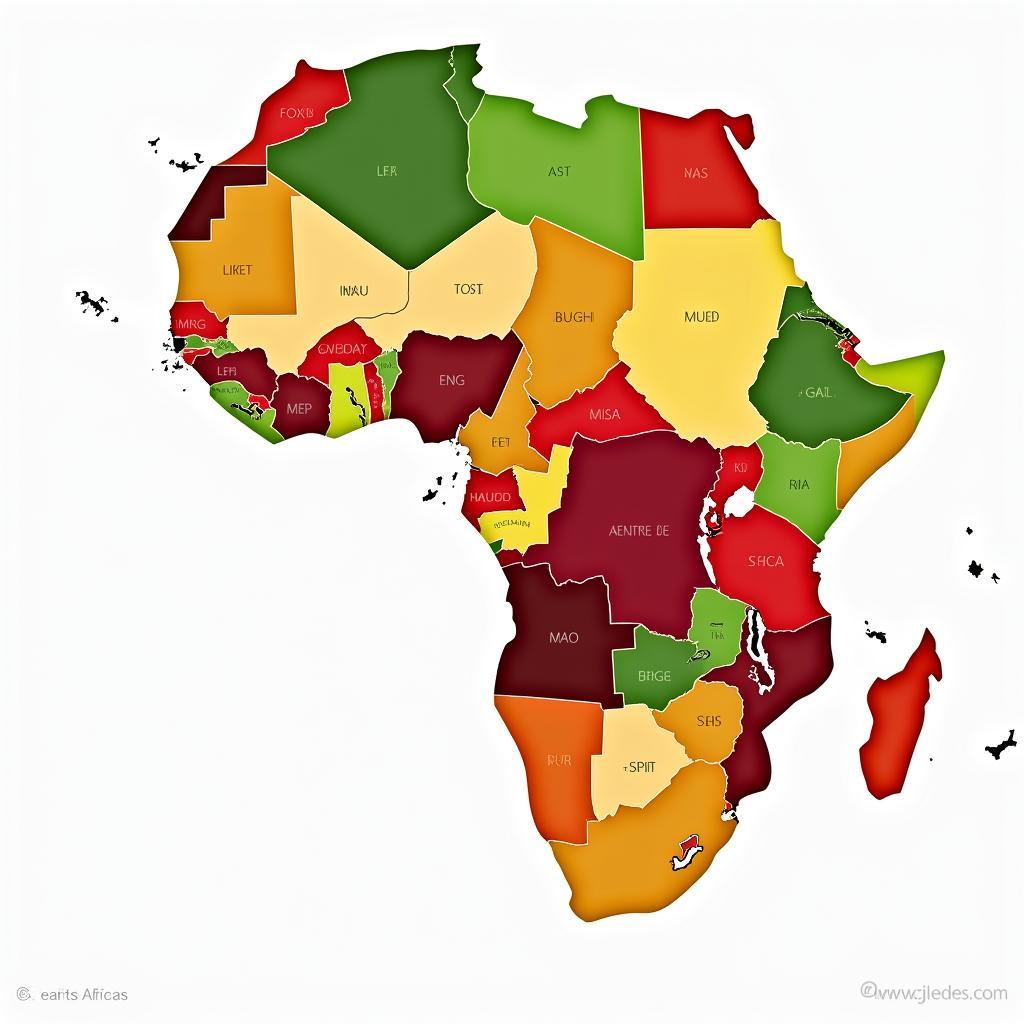Exploring the Rich Tapestry of African Handicrafts in India
The vibrant continent of Africa, with its diverse cultures and rich artistic heritage, has long captivated the world with its unique handicrafts. In India, a land known for its own artistic traditions, African handicrafts have found a special place, captivating hearts and homes with their intricate designs and captivating narratives. This article delves into the fascinating world of African Handicrafts In India, exploring their origins, significance, and the stories they tell.
 African Handicrafts on Display in India
African Handicrafts on Display in India
A Cultural Exchange Across Continents
The presence of African handicrafts in India can be traced back to ancient trade routes and cultural exchanges between the two regions. For centuries, merchants and explorers traversed the Indian Ocean, forging connections and facilitating the flow of goods and ideas. African textiles, jewelry, and decorative items, crafted with meticulous care and imbued with cultural symbolism, found their way into Indian homes and became cherished possessions.
Over time, this cultural exchange deepened, influenced by factors such as the Indian independence movement and the rise of pan-Africanism. These historical events fostered a sense of solidarity and shared heritage between India and Africa, leading to a surge in interest in African art and culture.
The Allure of African Handicrafts
African handicrafts are renowned for their unique aesthetic appeal and the stories they convey. From the bold, geometric patterns of West African textiles to the intricate beadwork of the Maasai people, each region of Africa boasts its own distinct artistic traditions. These crafts are often deeply rooted in cultural beliefs, rituals, and daily life, making them not just objects of beauty but also tangible expressions of heritage.
- Bold Colors and Patterns: African handicrafts are characterized by their vibrant colors and striking patterns. These elements are not merely decorative; they often hold symbolic meanings, representing aspects of nature, spirituality, or social status.
- Natural Materials: Many African crafts are made from natural materials, such as wood, clay, beads, and fibers. The use of these materials reflects a deep connection to the environment and a respect for traditional techniques.
- Storytelling Through Art: African handicrafts often serve as a medium of storytelling, preserving cultural narratives and passing them down through generations. The motifs and symbols incorporated into these crafts often depict myths, legends, or historical events.
African Handicrafts in Modern India
Today, African handicrafts continue to enjoy popularity in India. They are sought after by individuals who appreciate their artistic value, cultural significance, and ethical sourcing. The availability of African handicrafts online in India has further expanded their reach, making it easier for enthusiasts to acquire these unique pieces.
“The beauty of African handicrafts lies in their authenticity,” says Anika Sharma, a Mumbai-based interior designer who incorporates African elements into her work. “Each piece tells a story, carries a history, and adds a touch of soul to a space.”
 African Handicrafts Decorating an Indian Home
African Handicrafts Decorating an Indian Home
Conclusion
The presence of African handicrafts in India is a testament to the enduring cultural ties between the two regions. These handcrafted treasures, with their vibrant colors, intricate designs, and rich cultural narratives, continue to captivate hearts and homes across India, serving as a reminder of the beauty and diversity of African art and the interconnectedness of human cultures.

